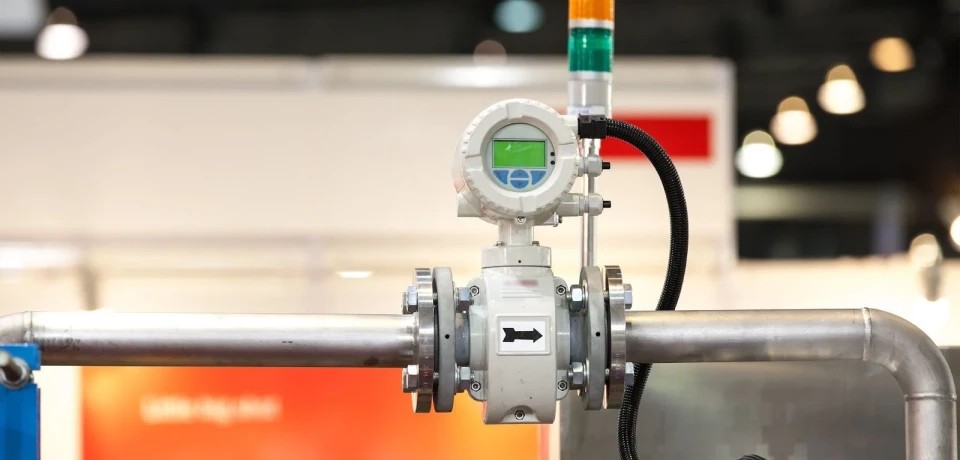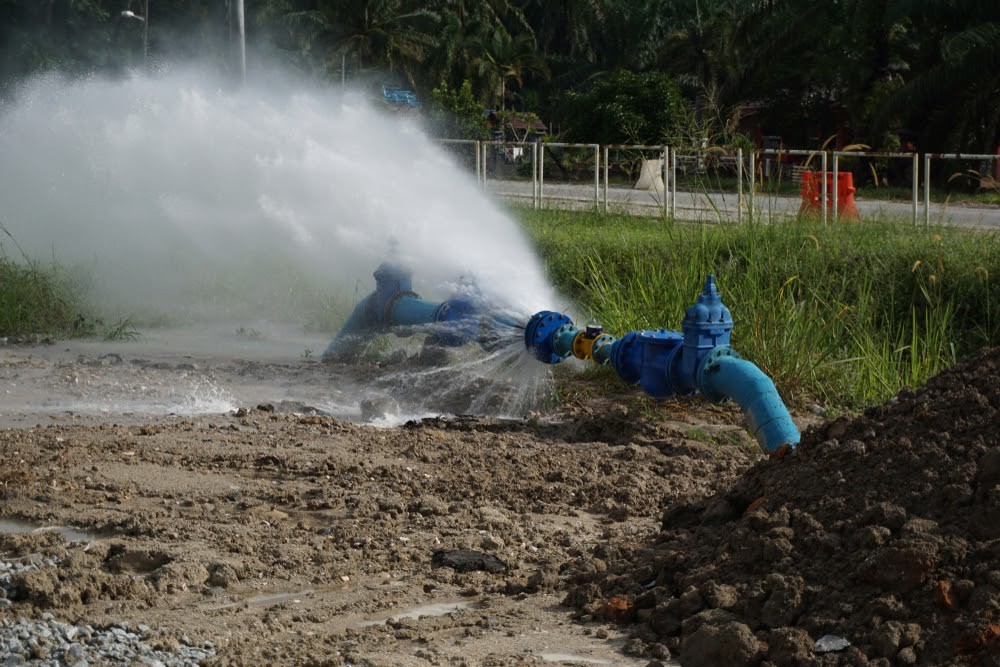Free UK Shipping over £100
Fast Shipping
Worldwide Shipping
Technical Sales Team

A flow meter is a device used to measure the volume or mass of a gas or liquid. You may have heard a flow meter be referred to by many different names such as; flow gauge, liquid meter and flow rate sensor.
This can be depending on the industry they are used in. However, the most important element of flow meters is the accuracy of their measurements.

A change in temperature, pressure, viscosity, flow rates and fluids can cause inaccurate flow measurements.
For example, in gas flow measurement a change in temperature can change the density of the gas which as a result can lead to an inaccurate reading.
Wrong flowmeter selection is one of the major causes of inaccurate flow measurement.There is no “one size fits all” when it comes to choosing a flow meter.
It is really important to take into account a few considerations before choosing a flow meter.
Choosing the wrong flow meter can result in a huge cost in the amount of production time lost.
That bargain flow meter can quickly turn into a costly nightmare. Be aware of relying on cost and popularity when it comes to choosing your flow meter.
If you choose the “cheapest option” it will be easier to get the wrong flow meter which does not suit your requirements physically or performance-wise
Here’s a tip from a Siemens flow specialist that may help you with the accuracy of your flow meter.
When discussing the sizing of magnetic flow meters to the application, there are two rules to follow:
For example, a recent customer complained about the accuracy of his magnetic flow meter. After we investigated this it turned out that the meters installed were oversized for the flow rates.
This meant that the sensors reading were at the very bottom of the operating scale.
The first step is to understand the right way to size a meter.
A good rule of thumb is to size the meter so the average flow is around 15 to 25% of the maximum flow capacity of the meter.
A meter has a maximum flow rate of 4000 GPM, the average flow should not be less than 500 to 1000 GPM. This flow rate will maintain sufficient velocity through the meter, giving the customer room for expansion.
Many installations are designed for expansion in the future, so large size pipes are installed to accommodate for this.
In this case, you must look at the minimum flow expected. You must ensure that the average flow should never fall below 2 ft/s or in this case 300 GPM
If it is not possible to reduce the overall size of the pipe to accommodate the proper size flow meter, you should install a reducer in the line. This should be located about 3 diameters upstream of the flow meter. You can then install an expander downstream and return to the original pipe size.
This process will prevent inaccurate flow measurement and still allows you to remove the small meter in the future if needed.
We stock a comprehensive range of flow meters to suit all media, including Clamp On, Coriolis Mass, Electromagnetic, Liquid, Mass, Paddle Wheel, Positive Displacement, Ultrasonic, Variable Area and models.
Contact our technical sales advisors here.
Our team of engineers are fully equipped to provide bespoke system design and manufacture.
This process involves specifying, procuring, calibrating and maintaining instrumentation and control systems for industrial and commercial process control applications.
Call our technical sales team for advice

This site uses cookies to monitor site performance and provide a more responsive and personalised experience. You must agree to our use of certain cookies. For more information on how we use and manage cookies, please read our Privacy Policy.